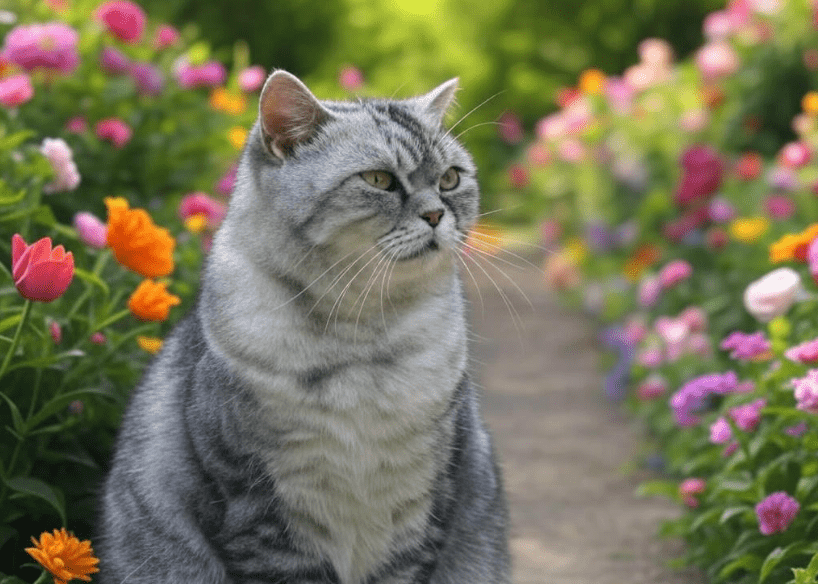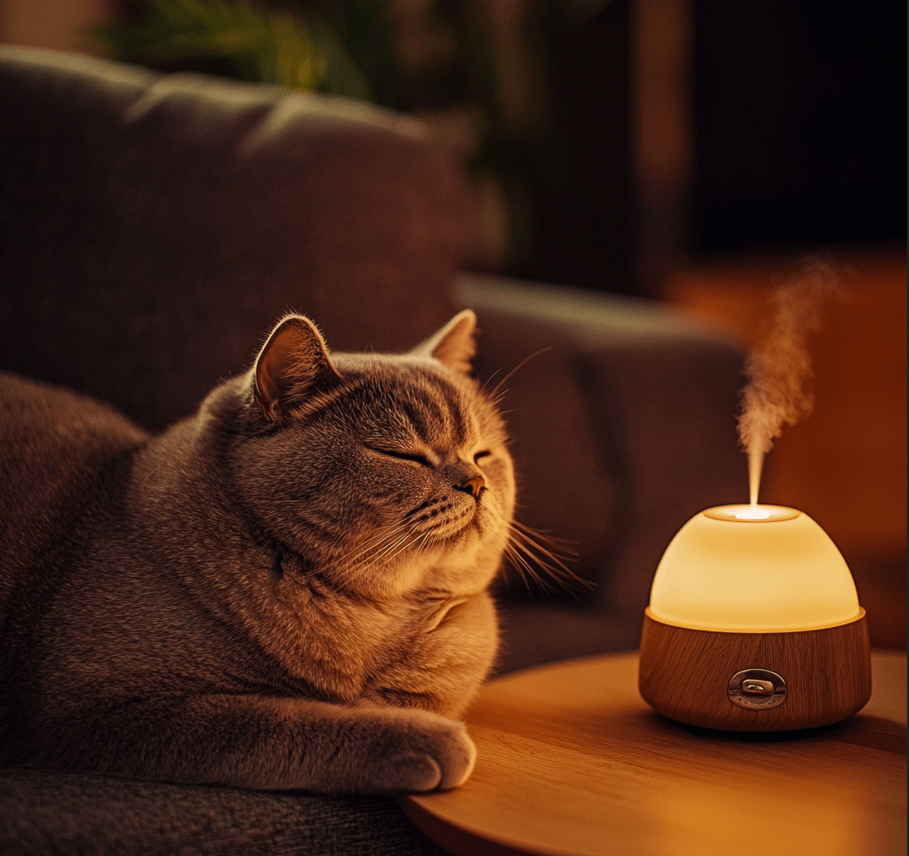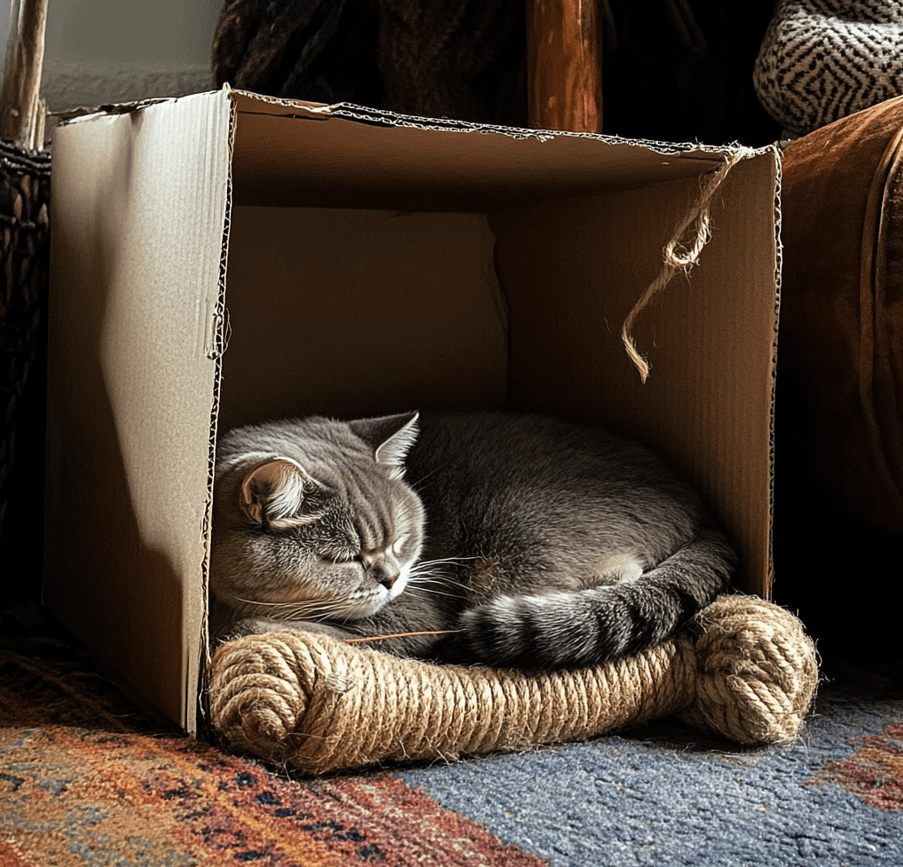
British Shorthairs, with their plush, dense coats and teddy-bear-like charm, require tailored grooming to stay healthy and comfortable. Seasonal Grooming Tips for British Shorthairs are essential to address the unique challenges each season brings, from shedding in spring to dry skin in winter. This comprehensive guide explores how to adapt your grooming routine year-round, ensuring your British Shorthair’s coat and skin remain in top condition. Packed with expert advice and practical tips, this article will help you navigate seasonal changes to keep your feline friend thriving.
Why Seasonal Grooming Matters for British Shorthairs
The British Shorthair’s thick, double-layered coat is both a blessing and a challenge. While it provides insulation and protection, it also demands regular maintenance to prevent matting, skin issues, and excessive shedding. Seasonal changes—temperature, humidity, and allergens—affect your cat’s coat and skin, requiring adjustments to their grooming routine. Proper seasonal grooming not only enhances your cat’s appearance but also supports their overall health by reducing the risk of skin infections, hairballs, and discomfort.
Benefits of Seasonal Grooming
Prevents Matting: Regular brushing removes loose fur, preventing tangles.
Reduces Hairballs: Grooming minimizes ingested fur during self-grooming.
Supports Skin Health: Removes dirt and allergens, preventing irritation.
Enhances Comfort: Keeps your cat cool in summer and warm in winter.
By tailoring your grooming approach to each season, you can address specific challenges and keep your British Shorthair looking and feeling their best.
Spring Grooming Tips for British Shorthairs
Spring is a time of renewal, but for British Shorthairs, it’s also the peak shedding season. As they shed their winter coat, grooming becomes critical to manage loose fur and prevent matting.

Key Spring Grooming Challenges
Heavy Shedding: British Shorthairs shed significantly as they transition to a lighter summer coat.
Allergens: Pollen and dust can cling to their dense fur, triggering skin irritation.
Flea Season: Warmer weather increases flea activity, posing a risk to skin health.
Spring Grooming Tips
Increase Brushing Frequency
Why: Removes loose fur and prevents hairballs.
How: Brush 2–3 times per week using a de-shedding tool or slicker brush. Focus on the back, sides, and belly.
Tip: Use a grooming glove for sensitive cats to make the process enjoyable.
Check for Fleas
Why: Flea bites can cause allergic dermatitis, a common issue in spring.
How: Run a flea comb through the coat weekly, checking for black specks (flea dirt). Apply vet-approved flea preventatives.
Tip: Vacuum your home regularly to eliminate flea eggs.
Cleanse Allergens
Why: Pollen trapped in the fur can cause itching or atopic dermatitis.
How: Use pet-safe hypoallergenic wipes to clean the coat after outdoor exposure. Bathe sparingly with a cat-safe shampoo.
Tip: Keep your cat indoors during high-pollen days.
Monitor Skin Health
Why: Shedding can reveal underlying skin issues like redness or flaking.
How: Part the fur to inspect the skin, especially around the neck and tail base.
Tip: Consult a vet if you notice persistent scratching or bald patches.
Summer Grooming Tips for British Shorthairs
Summer brings heat and humidity, which can make your British Shorthair’s dense coat feel heavy and trap moisture, leading to skin issues. Grooming in summer focuses on keeping your cat cool and comfortable.
Key Summer Grooming Challenges
Heat Sensitivity: Thick fur can cause overheating, especially in compact British Shorthairs.
Moisture Buildup: Humidity can lead to bacterial or yeast infections.
Outdoor Hazards: Grass seeds and ticks thrive in warm weather, posing risks to the coat and skin.
Summer Grooming Tips
Brush to Promote Airflow
Why: Removes loose fur and prevents matting, allowing better air circulation.
How: Brush 1–2 times per week with a soft-bristle brush. Pay attention to areas prone to matting, like the armpits.
Tip: Groom in a cool, shaded area to keep your cat comfortable.
Keep the Coat Dry
Why: Wet fur can harbor bacteria, leading to infections.
How: After baths or rain exposure, dry the coat thoroughly with a towel or low-heat pet dryer.
Tip: Avoid frequent bathing, as it can strip natural oils.
Check for Ticks and Debris
Why: Ticks and grass seeds can embed in the fur, causing irritation.
How: Run your hands over the coat daily, feeling for lumps or foreign objects. Use a fine-tooth comb for precision.
Tip: Keep your cat indoors during peak tick season.
Hydrate for Skin Health
Why: Dehydration can lead to dry, flaky skin.
How: Ensure access to fresh water and consider adding wet food to their diet.
Tip: Use a pet fountain to encourage drinking.
Fall Grooming Tips for British Shorthairs
Fall is a transitional season, with cooler temperatures prompting British Shorthairs to grow a thicker winter coat. Grooming in fall focuses on preparing the coat for winter and managing indoor allergens.

Key Fall Grooming Challenges
Coat Thickening: Increased fur growth can lead to matting if not managed.
Indoor Allergens: Dust and mold from heating systems can irritate the skin.
Reduced Activity: Cooler weather may make cats less active, affecting coat health.
Fall Grooming Tips
Brush to Prevent Matting
Why: The thickening coat is prone to tangles, especially in high-friction areas.
How: Brush 2 times per week with a slicker brush, focusing on the neck, back, and hindquarters.
Tip: Use a detangling spray for stubborn knots.
Clean Indoor Environments
Why: Dust from heaters can settle in the fur, causing irritation.
How: Wash bedding weekly and use an air purifier to reduce allergens. Wipe the coat with a damp cloth if needed.
Tip: Vacuum frequently to minimize dust buildup.
Support Skin with Nutrition
Why: Omega-3 fatty acids promote a healthy coat as it thickens.
How: Feed a high-quality diet with fish oil or supplements recommended by your vet.
Tip: Introduce new foods gradually to avoid digestive upset.
Inspect for Skin Changes
Why: Seasonal transitions can trigger allergies or dryness.
How: Check the skin for flaking or redness during grooming sessions.
Tip: Use a pet-safe moisturizing spray for mild dryness.
Winter Grooming Tips for British Shorthairs
Winter brings cold, dry air, which can cause static in the coat and dry skin. Grooming in winter focuses on maintaining moisture and protecting the coat from indoor heating effects.
Key Winter Grooming Challenges
Dry Skin: Low humidity and indoor heating can lead to flaking or itching.
Static Electricity: The dense coat can develop static, making grooming uncomfortable.
Reduced Grooming: Cats may groom less in winter, leading to fur buildup.
Winter Grooming Tips

Brush to Distribute Natural Oils
Why: Stimulates the skin and prevents dryness by spreading natural oils.
How: Brush 1–2 times per week with a soft-bristle brush, using gentle strokes.
Tip: Use a grooming mitt to reduce static buildup.
Combat Dry Skin
Why: Dry air can cause flaking or irritation, especially in skin folds.
How: Use a pet-safe moisturizing shampoo for occasional baths. Apply a vet-approved skin conditioner if needed.
Tip: Add a humidifier to your home to maintain air moisture.
Minimize Static
Why: Static can make grooming painful and cause fur to clump.
How: Lightly mist the coat with water or a pet-safe anti-static spray before brushing.
Tip: Avoid synthetic bedding, which can increase static.
Check Paw Pads
Why: Cold surfaces or ice-melting chemicals can crack paw pads.
How: Inspect paws weekly and apply a pet-safe paw balm to prevent cracking.
Tip: Wipe paws after outdoor exposure to remove irritants.
Essential Grooming Tools for British Shorthairs
Having the right tools makes seasonal grooming easier and more effective. Here’s a list of must-have items:
Slicker Brush: Ideal for removing loose fur and preventing matting.
De-shedding Tool: Reduces shedding during spring and fall.
Flea Comb: Detects fleas and debris year-round.
Grooming Glove: Perfect for sensitive cats or light grooming.
Pet-Safe Shampoo: Cleanses without stripping oils (use sparingly).
Anti-Static Spray: Reduces static in winter.
Nail Clippers: Keeps claws trimmed to prevent scratching during grooming.
Common Grooming Mistakes to Avoid
Even well-meaning owners can make grooming errors that affect their British Shorthair’s health. Avoid these pitfalls:
Over-Bathing: Frequent baths strip natural oils, causing dry skin. Limit baths to once every 1–2 months unless advised by a vet.
Using Human Products: Human shampoos or conditioners can irritate cat skin. Always use pet-safe products.
Ignoring Mats: Untreated mats can pull on the skin, causing pain or infections. Address them promptly with a detangling tool.
Skipping Skin Checks: Grooming is an opportunity to inspect the skin. Always part the fur to check for abnormalities.
Rushing the Process: Forcing grooming can stress your cat. Go slowly and use treats to create a positive experience.
When to Consult a Professional Groomer or Veterinarian
While most grooming can be done at home, some situations require professional help:
Severe Matting: Mats that can’t be brushed out may need to be shaved by a groomer.
Persistent Skin Issues: Redness, bald patches, or odors require a vet’s attention.
Behavioral Resistance: If your cat becomes aggressive during grooming, a professional can help.
Nail Trimming Challenges: Vets or groomers can trim nails safely if you’re unsure.
Schedule regular vet checkups to catch potential issues early, especially during seasonal transitions.
Expert Tips for Year-Round Grooming Success
To elevate your grooming routine, try these expert-recommended strategies:
Create a Grooming Schedule: Set a weekly routine to stay consistent, adjusting frequency by season.
Make It Positive: Use treats, praise, or play to associate grooming with rewards.
Monitor Environmental Changes: Track humidity, pollen levels, or heating use to anticipate grooming needs.
Keep a Grooming Journal: Note shedding patterns, skin changes, or product reactions to identify trends.
Invest in Quality Products: High-quality brushes and shampoos last longer and are gentler on your cat.
Conclusion

Mastering Seasonal Grooming Tips for British Shorthairs ensures your cat’s coat and skin stay healthy through every season. By adapting your grooming routine to address shedding in spring, heat in summer, thickening fur in fall, and dryness in winter, you can prevent common issues like matting, hairballs, and skin irritation. With the right tools, techniques, and a proactive approach, you’ll keep your British Shorthair comfortable and radiant year-round.
Regular grooming is more than just aesthetics—it’s a vital part of your cat’s health and well-being. Start implementing these seasonal tips today, and consult your veterinarian if you notice any concerning changes. Your British Shorthair will thank you with purrs and a pristine coat!




